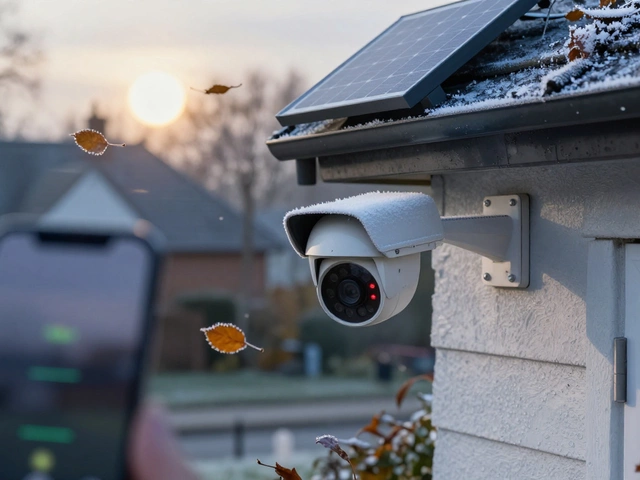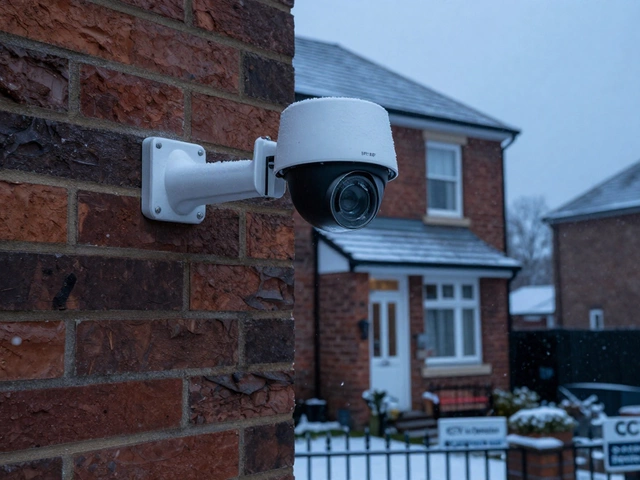Ring Doorbells: What You Need to Know for 2025
If you’ve just bought a Ring or have been living with one for a while, you probably wonder whether it’s really doing its job. Does it scare off thieves? How long will the battery last? Can you avoid a subscription? And what if a neighbour complains? This guide answers those questions in plain English, so you can use your Ring confidently and avoid nasty surprises.
Battery & Power Choices
The first decision is how you’ll power the device. Ring offers both hard‑wired and battery‑powered models. A wired unit draws power from your existing doorbell transformer, which means you never have to swap batteries. If you choose a battery model, expect about 6–12 months of life under normal use. Heavy motion detection or frequent video clips will eat the charge faster.
To stretch battery time, tweak the motion zones so the camera only watches the front porch, not the whole driveway. Turn off the 24‑hour video recording feature and let the device record only when motion is detected. When the battery drops below 20 %, you’ll get a push notification – a good cue to plug it in for a quick charge.
Legal & Privacy Considerations
Neighbour complaints are more common than you think. In the UK, the Data Protection Act and GDPR require you to be transparent about surveillance. If your Ring points at a public footpath or a neighbour’s garden, you could be breaking the law. The safest move is to aim the camera strictly at your property line and post a simple sign that says “Video doorbell in use”.
Should a neighbour raise a formal complaint, explain that Ring records only when motion triggers it and that footage is stored securely. Offer to adjust the angle if the view spills over onto their side. Most disputes settle quickly when you show you respect privacy.
Another legal question is whether you need a subscription to keep recordings. Ring’s basic plan lets you view live video for free, but recorded clips disappear after 60 seconds unless you pay for cloud storage. Without a subscription, you can still save footage to a local SD card (if your model supports it) or manually download clips before they vanish.
Now, does a Ring actually deter burglars? Studies from UK police forces show a modest drop in break‑ins when a video doorbell is visible, but it isn’t a guarantee. Thieves often target homes where they see a clear path to valuables, regardless of the camera. Use Ring as part of a layered security plan: motion sensors, good lighting, and sturdy doors still matter.
Installation tips can make a big difference. If you go wired, check the transformer’s voltage – most UK Ring models need 16‑24 V AC. A low‑voltage transformer will cause chime issues and may damage the device. For battery units, mount the doorbell at about 4‑5 feet high; that’s the sweet spot for facial recognition and a clear view of visitors.
Finally, keep your Ring’s firmware up to date. Updates fix security holes and add new features like improved motion zones or battery‑saving modes. Turn on automatic updates in the app, and you’ll stay protected without lifting a finger.
In short, a Ring doorbell works best when you match the power method to your lifestyle, respect privacy laws, and treat the device as one piece of a broader security puzzle. Follow the tips above, and you’ll get the most out of your Ring while keeping neighbours, burglars, and your wallet happy.






